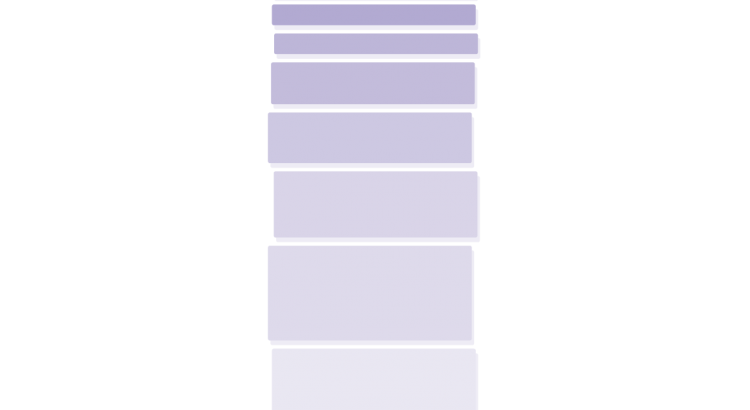A backlog is an ordered list of everything known that should be carried out by an organizational unit ( team , group, cluster , organization ) and serves as the only source of requests for work by this organizational unit. The product owner is responsible for the backlog, its content, access to it and the order of the entries.
A backlog contains only the currently known entries. During the development steps it develops with the products and services and their application. It is dynamically adjusted to clearly indicate for products and services what it takes to perform their tasks appropriately, to survive in the competition and to offer the greatest possible benefit.
If products and services exist, there are also the associated product, system or application backlogs.
A backlog entry contains as attributes a description, an effort estimate, as well as acceptance criteria and test descriptions, which prove the completeness and describe when it is done [“Done”].
“The backlog is the only source of work.” This principle does the following important things:
- The greatest possible transparency about planned work.
- Clear priorities . As in a stack, there is only one priority one. When new entries are inserted, entries below are moved further down.
At all levels in the P4 framework there is exactly one backlog for each organizational unit , ie
- a Team Backlog for each team . If a team works on several applications or systems, the Team Backlog contains backlog elements that describe the team’s work in realizing these systems and applications.
- for each cluster, a Cluster Backlog . The Cluster Backlog contains all product and system versions, applications and services of the cluster.
- for the organization, a Portfolio Backlog . The Portfolio Backlog contains all product and system versions, applications and services of the organization.
Improvement backlog
The one exception to the “one backlog rule” is the organizational unit’s Improvement Backlog. It describes the supply of improvements and is integrated into the work planning by the relevant unit, self-organized. A rule that describes how much work the group spends on improvements (e.g. 10-20%) helps to keep the predictability and predictability of other backlog entries high.
Further suitable links:\r\n
Further suitable links:
| Events | Roles | Groups | Artifacts |
| Team Planning
. . |
Team Product Owner
. . |
Working team
. . |
Team Backlog
. . |





